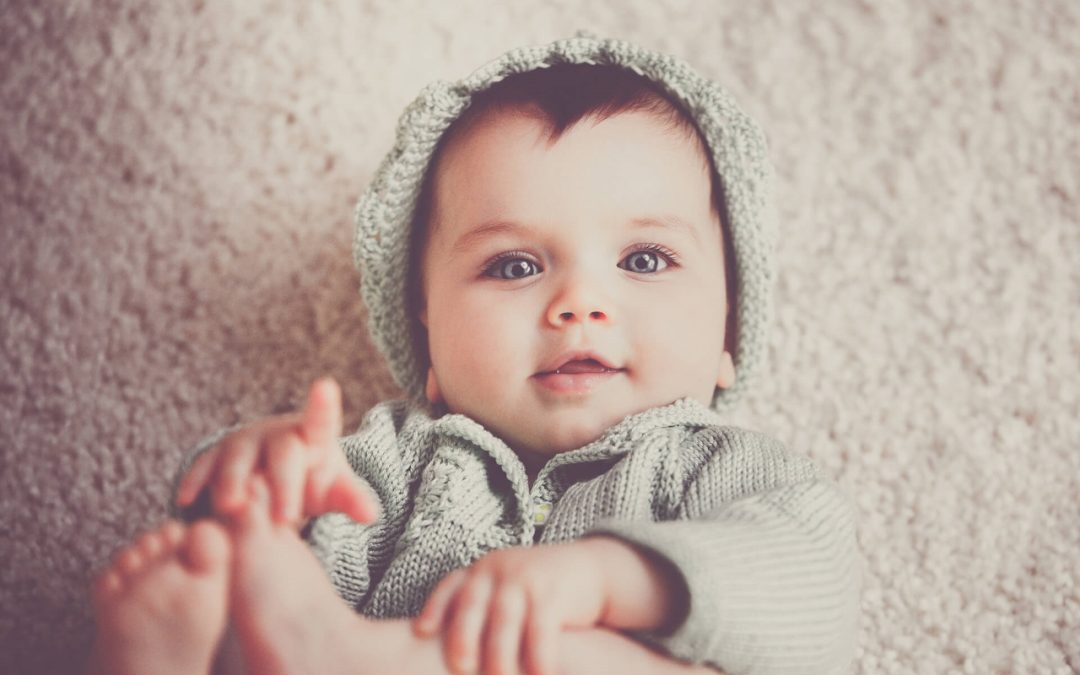As soon as babies start crawling and exploring their surroundings, parents and caregivers must ensure their environment is safe and secure. Babyproofing your home is a proactive measure to prevent accidents and create a nurturing space to thrive. From electrical outlets to sharp corners, there are several hazards to consider when babyproofing your home. Here’s a comprehensive guide to help you navigate through the process effectively.
1. Assess Your Home First When Babyproofing Your Home
Begin by surveying each room in your home with a keen eye for potential hazards. Get down to your baby’s level to identify any dangers they might encounter while crawling or walking.
2. Install Safety Gates
Safety gates are indispensable for blocking off areas that are off-limits to your baby, such as staircases or rooms with hazardous items. Ensure the gates are securely installed and meet safety standards.
3. Secure Furniture While Babyproofing Your Home
Heavy furniture like bookcases, dressers, and TV stands should be anchored to the wall to prevent tipping over. Babies often pull themselves up on furniture, which can lead to dangerous accidents if not properly secured.
4. Cover Electrical Outlets
Use outlet covers or plug protectors to prevent your baby from sticking their fingers or objects into electrical sockets. Ensure all exposed outlets are adequately covered throughout your home.
5. Cord Management is an Essential Part of Babyproofing Your Home
Keep cords for blinds, curtains, and electronics out of reach, or use cord shorteners to eliminate strangulation hazards. Tie up cords and keep them secured against walls or furniture.
6. Lock Cabinets and Drawers
Install childproof latches on cabinets and drawers containing potentially harmful items such as cleaning supplies, sharp utensils, or small objects that pose choking hazards.
7. Softening Sharp Corners
Utilize corner guards or edge protectors to cushion sharp corners on furniture, countertops, and hearths. These simple additions can prevent painful bumps and bruises.
8. Secure Windows
Install window guards or window stops to prevent falls. Be mindful of furniture placement near windows, as climbing toddlers may use it to access windows.
9. Safety in the Kitchen
Keep kitchen appliances and utensils out of reach, and use stove knob covers to prevent accidental burns or fires. Store cleaning products and chemicals in high cabinets with childproof locks.
10. Bathroom Safety
Never leave your baby unattended in the bathroom, even for a moment. Install toilet seat locks, use non-slip mats in the bathtub, and keep sharp objects like razors and scissors out of reach.
11. Check for Small Objects While Babyproofing Your Home
Regularly scan your floors and surfaces for small objects that could be choking hazards. Items such as coins, buttons, or small toys should be kept out of reach of curious little hands.
12. Monitor and Supervise
While babyproofing your home is essential, it’s equally important to supervise your child closely, especially in new environments or when visiting others’ homes.
13. Babyproofing Your Home Requires Regular Maintenance
Keep babyproofing measures up-to-date as your child grows and becomes more mobile. Regularly check safety gates, locks, and other safeguards to ensure they are still effective.
14. Educate Caregivers
Make sure anyone who cares for your child, including relatives, babysitters, and daycare providers, is aware of your home’s safety measures and knows how to respond in case of an emergency.
Babyproofing your home is an ongoing process that requires diligence and attention to detail. By taking proactive steps to identify and eliminate potential hazards, you can create a safe and nurturing environment where your baby can explore and learn with confidence. Remember, every child develops at their own pace, so stay vigilant and adaptable to meet their changing needs as they grow.
Encompass Home Inspection Service offers inspections to homebuyers and sellers in Southern New Jersey and Southeastern Pennsylvania. Contact us to schedule our services.

